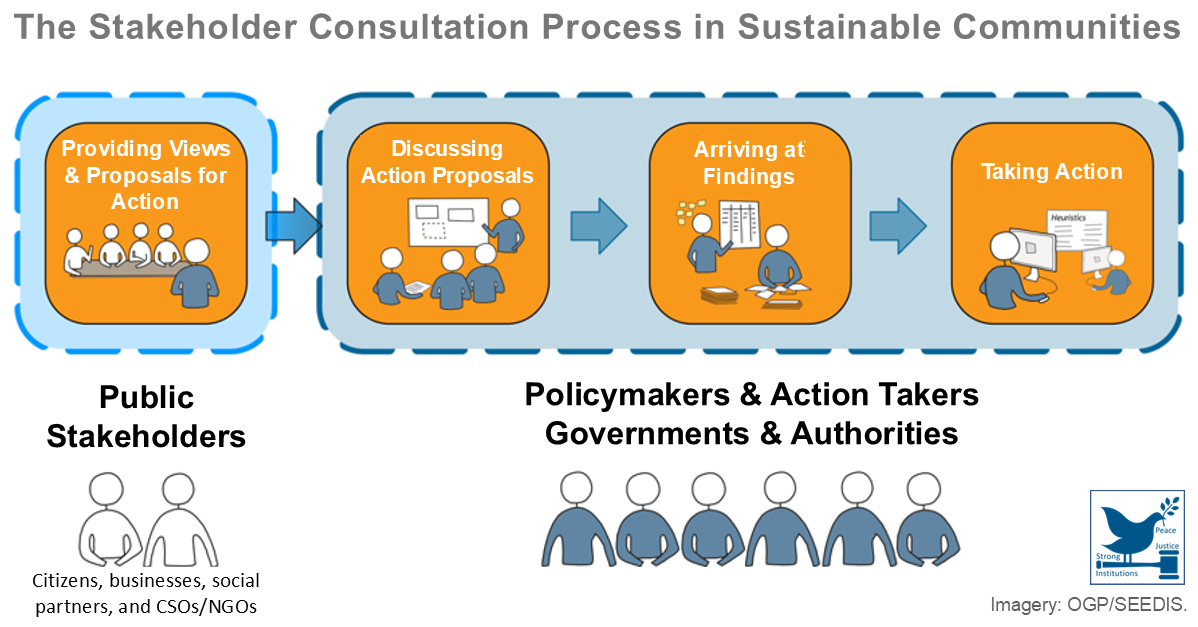A credit model used to determine credit losses that have or will probably arise from a credit portfolio in order to calculate the allowance for loan and lease losses (ALLL) and to efficiently allocate regulatory and economic capital to meet the capital adequacy requirements and for pricing the credit risk is a credit loss model. Two credit loss models are currently used for credit arrangements, whereby one is used to recognize credit impairment that has already been incurred and the other to predict its occurrence:
- Incurred loss model – Recognizes impairment loss on a financial asset only after a credit event has occurred and once it has been determined that future cash flows will not be collected in full in accordance with the original contractual terms; and
- Expected loss model – Estimates the amount of impairment loss an entity expects and recognizes on its credit exposures from credit events over a given period of time – usually one year.
The incurred-loss approach under US GAAP calls for the recognition of the impairment loss on a financial asset if it is probable that all amounts due will not be collected and if the amount can be reasonably estimated. Under the IFRS expected-loss approach, an impairment loss on a financial asset accounted for at amortized cost or FVTOCI is immediately recognized on the basis of expected credit losses.
| Incurred Loss vs Current Expected Credit Loss (CECL) Models | ||
|---|---|---|
| Model | ||
| Key Concepts and Considerations | Incurred Loss | CECL |
| Past Events | Yes | Yes |
| Current Conditions | Yes | Yes |
| Collateral Assignment | Yes | |
| Future Events (Reasonable and Supportable) | Yes | |
| Probable Threshold | Yes | |
| Life of Loan Concept (Contractual Term) | Yes | |
| Day 1 Allowance | ||
| Source: Atlanta Fed | ||
Using the incurred loss model to account for losses on loans and leases, a provision is made for losses only if it can be documented that a loss is probable and can be reasonably estimated, whereas the expected loss model reflects in loan loss provisions any changes in expected future cash collections from loans. Expected credit risk arises as soon as a credit exposure (loan, lease) is established – not when a credit loss is deemed probable and estimable. At each reporting date, a credit loss for financial assets measured at amortized cost will be recorded to reflect the current estimate of the lifetime expected credit losses.
The current FASB impairment model, which is based on incurred losses, is expected to be replaced by the current expected credit loss (CECL) model. The IASB expected credit loss (ECL) model applies a three-stage approach for estimating and measuring the expected impairment of a loan, lease or other financial asset based on changes in its expected credit loss over its lifetime.
| IFRS 9 Expected Credit Loss (ECL) Model | ||
|---|---|---|
| Stage 1 | Stage 2 | Stage 3 |
| No significant increase in credit risk | Significant increase in credit risk but NO objective evidence of impairment | Significant increase in credit risk AND objective evidence of impairment |
| Impairment Recognition* | ||
| 12-Month expected credit loss† | Lifetime expected credit loss‡ | |
| Recognition of Interest Revenue | ||
| Effective interest rate on gross carrying amount (before deducting expected losses) | Effective interest rate on net carrying amount | |
| * Loss allowance update each reporting date. † Lifetime Loss Given Default X 12-Month Probability of Default ‡ The weighted average of credit loss with the respective risks of default occurring as the weights. | ||


Leave A Comment
You must be logged in to post a comment.